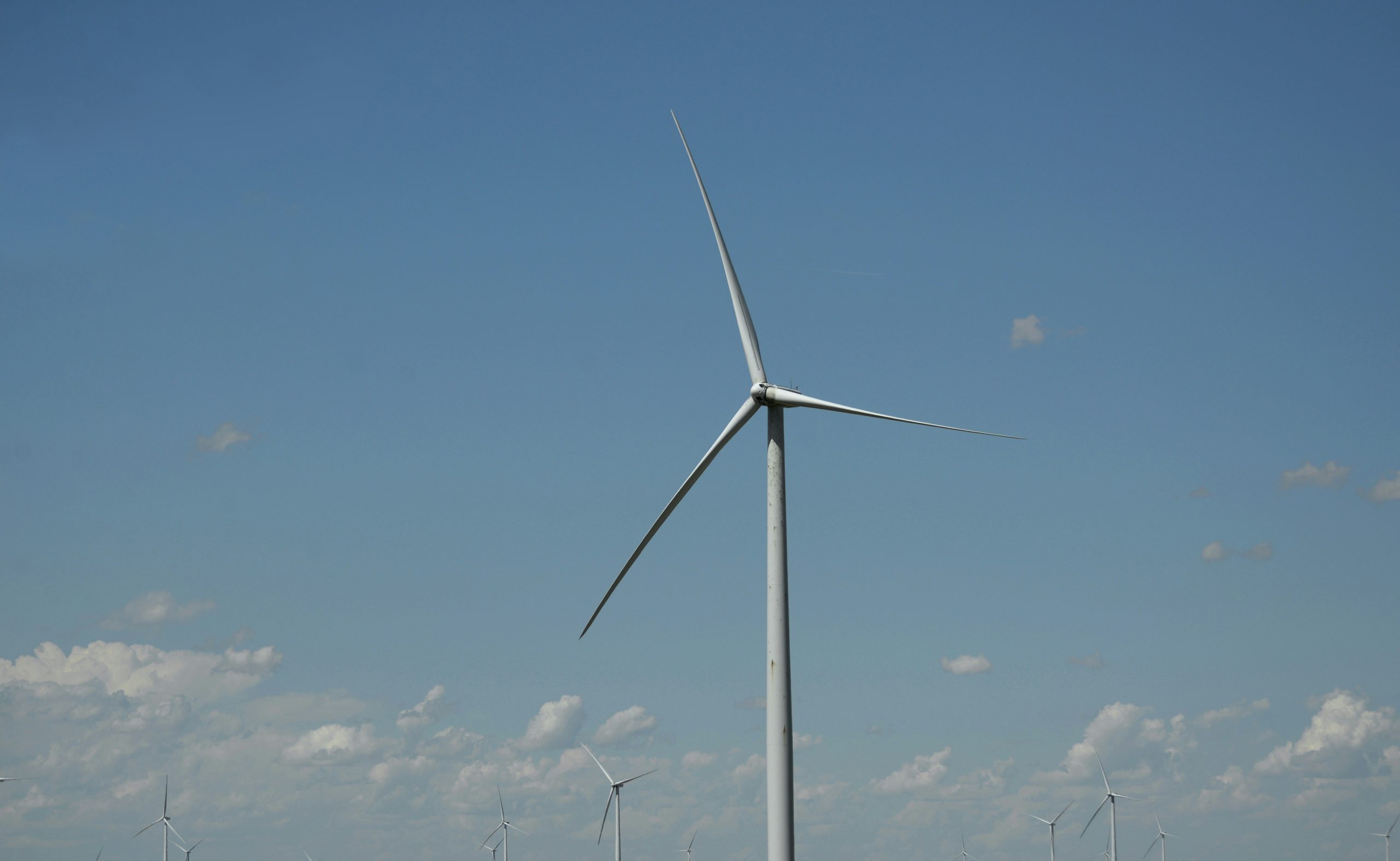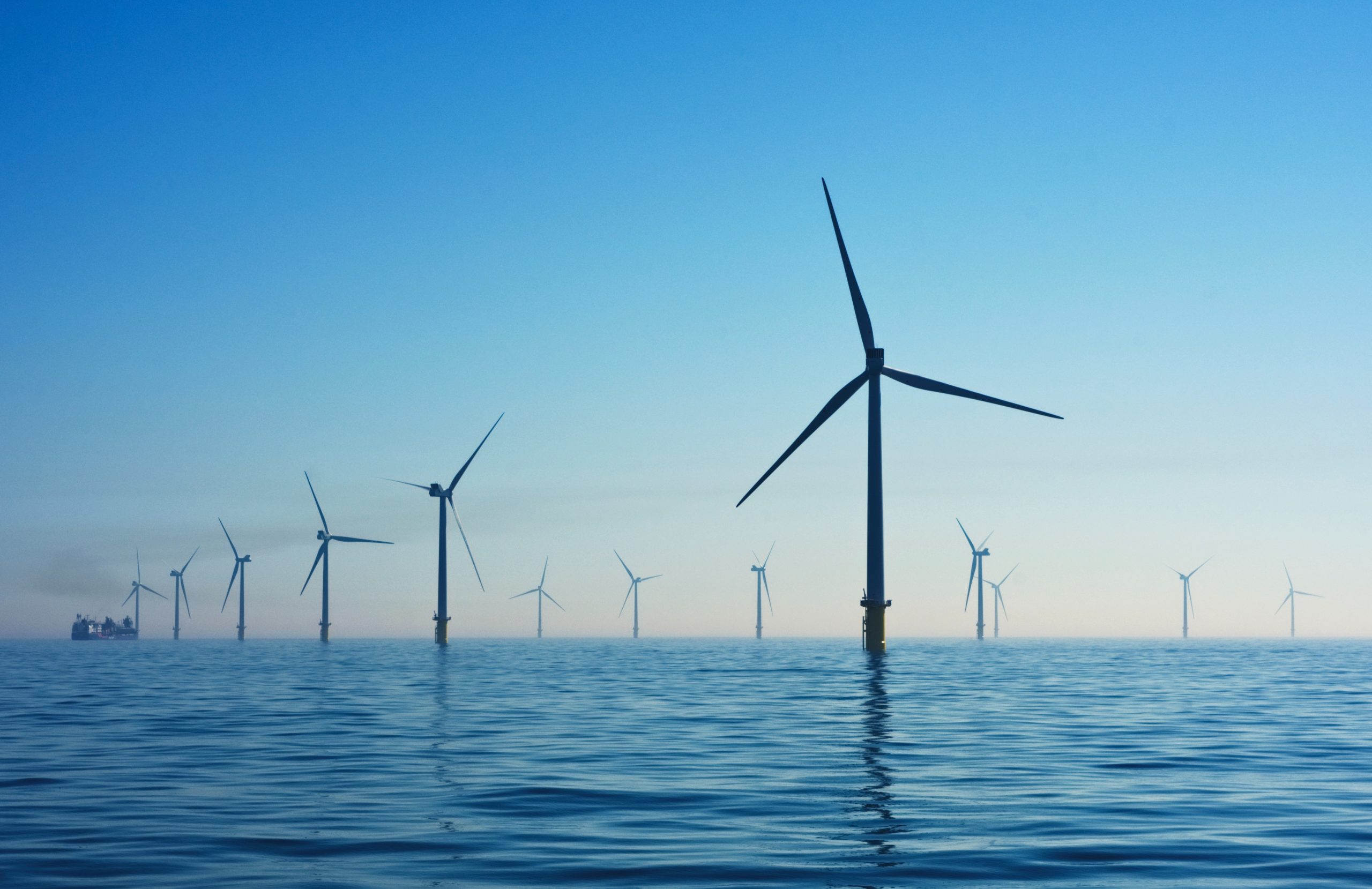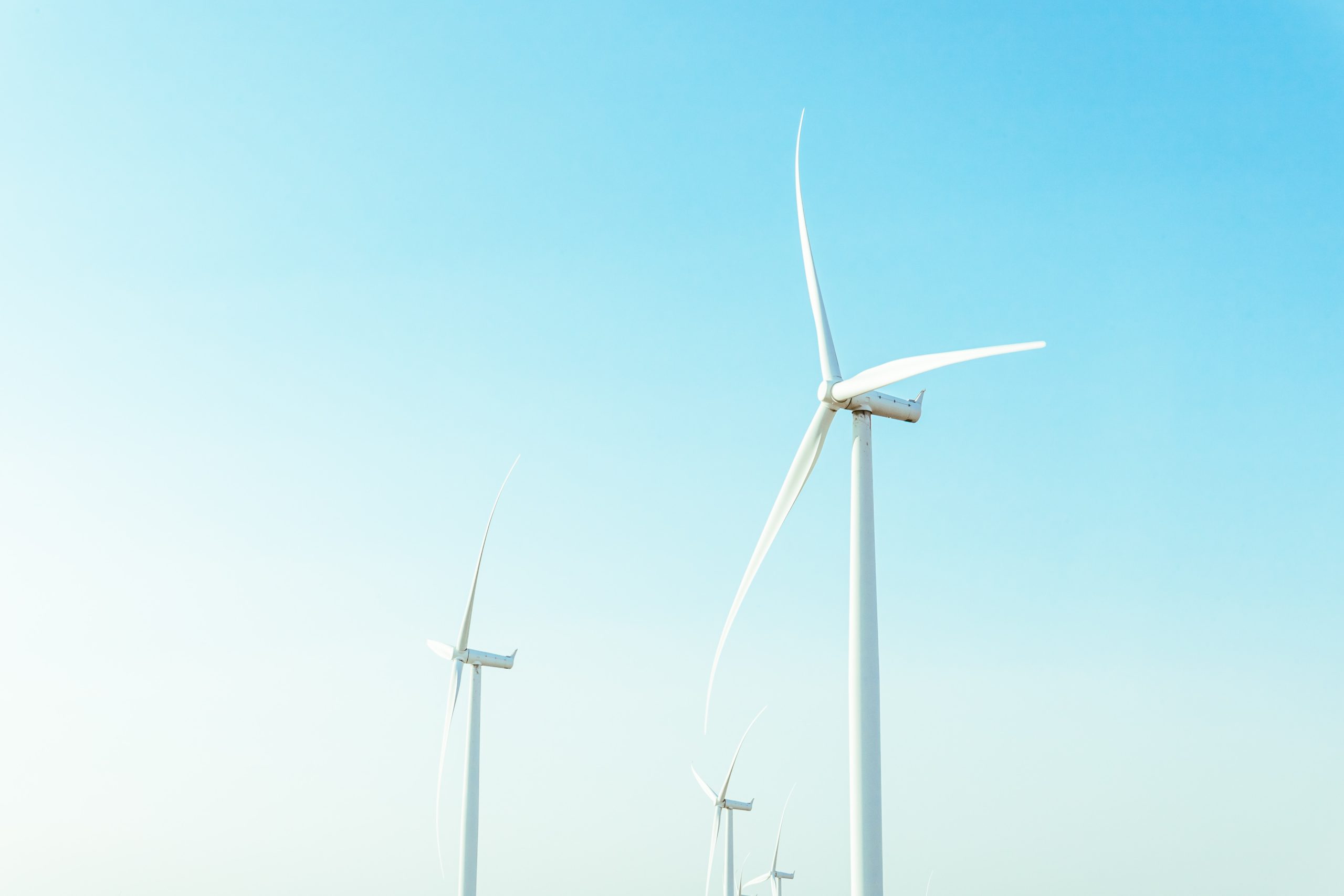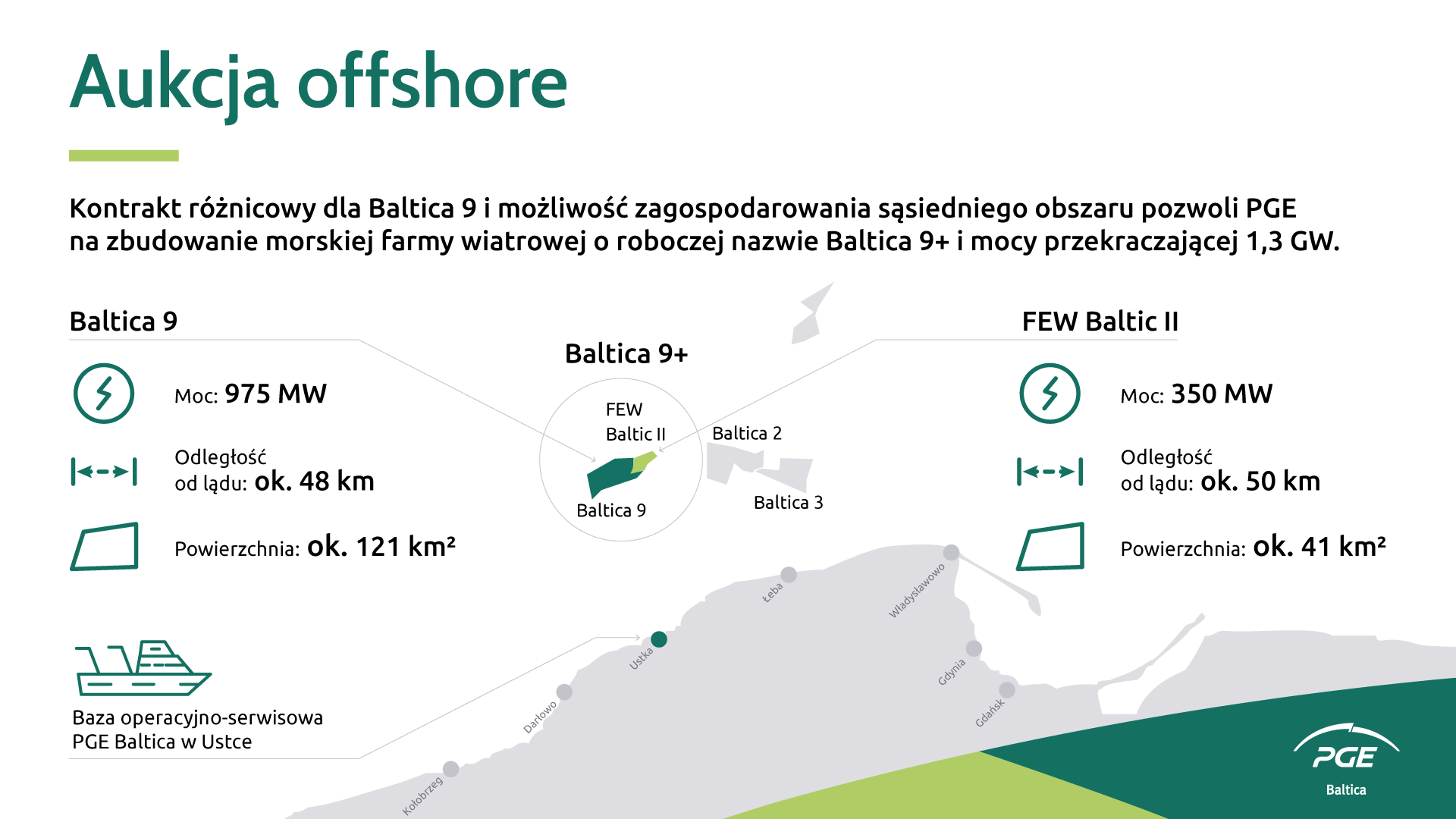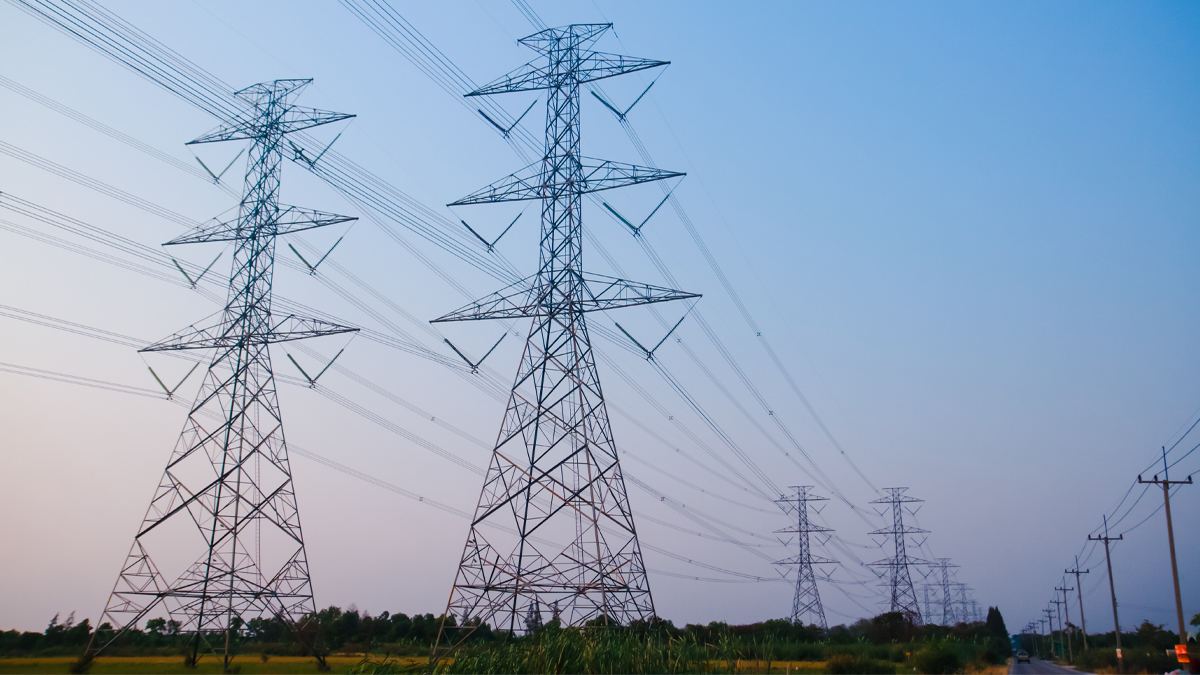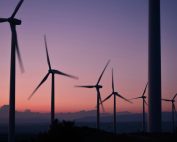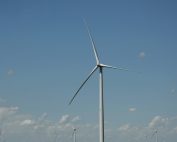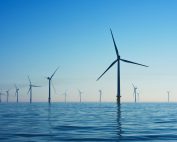Estonia has ambitious plans to develop offshore wind energy. On the other side of the Baltic Sea is Denmark, which today is one of the leaders in the development of the offshore wind sector. In April 2021, the wind giant Ørsted and company Enefit, one of the largest energy companies in the Baltic countries, established cooperation in the field of wind energy in the Baltic Sea.
On April 26, 2021, Ørsted and Enefit signed an agreement (Memorandum of Understanding), which provides for the cooperation of companies in the offshore wind energy sector, in particular in the construction of the first offshore wind farm in the Gulf of Riga until 2030. The company’s ambition is to become a leading developer of offshore wind energy in the Baltic countries.
The signed document provides for the creation of a joint venture company that will allow the development of offshore wind farms in the waters of the Baltic countries, including the Liivi wind farm project in the Gulf of Riga – its planned capacity is 1-2 GW. Once completed, it will be able to produce around 8 TWh of electricity, which accounts for half of Latvia’s and Estonia’s energy needs.
Ørsted has already submitted the relevant documents regarding the use permit for the area in Latvian waters near the waters where the Liivi farm will be built. In this way, the companies count on the construction of a cross-border (hybrid) infrastructure that will connect the offshore wind farm with the systems of Latvia and Estonia.
The condition for the effective cooperation of both companies is the legal framework that is necessary for the development of the construction of marine wind farms. It is worth recalling that in September 2020, the Latvian and Estonian authorities also signed an agreement in the area of offshore wind development, and more specifically in the area of the construction of
a joint offshore wind farm in the Baltic Sea.
Offshore wind energy is one of the instruments of decarbonisation of the energy sector and the state’s economy, which may bring many benefits to the Baltic countries. The representatives of Ørsted and Enefit are convinced of this, in particular the Danish entity, due to its extensive experience in the development of maritime projects around the world.
– The Baltic Sea area is becoming a center for the construction of offshore wind farms, which will significantly contribute to the reduction of emissions in both the region and the European economy – comments Rasmus Errboe, Ørsted’s director for Europe.
In turn, Handi Sutter, CEO of Enefit, emphasized that Enefit Green (a daughter company) is already a leader in the onshore wind energy segment in the Baltic countries. Now it also intends to take a leading role in offshore wind energy. – We have been preparing for the construction of an offshore wind farm in the Gulf of Riga for over 10 years, therefore we have a good knowledge of the local wind conditions at sea. Working with Ørsted has a good basis for Estonia and the Baltic countries to achieve their ambitious goals until 2030, Sutter said.
Estonians emphasize the importance of the benefits of offshore wind development. The construction of offshore wind farms in Livia and North Western Estonia (Hiiumaa) can create many jobs, but also benefits for local companies. The economies and energy sector of individual countries will also benefit from this. This is particularly important for Estonia and Latvia in the context of the road to synchronization with the European power system in order to become independent from the Russian Federation.
The European Union’s offshore energy strategy, presented in 2020, envisages an increase in European generation capacity in offshore wind farms from the current 12 GW to at least 60 GW until 2030 and to 300 GW until 2050. The Baltic Sea can make a significant contribution to achieving this purpose with a potential of more than 90 GW.



